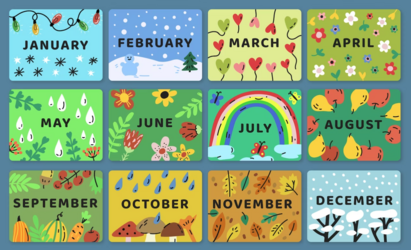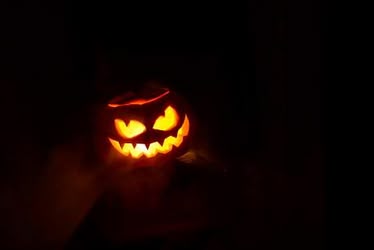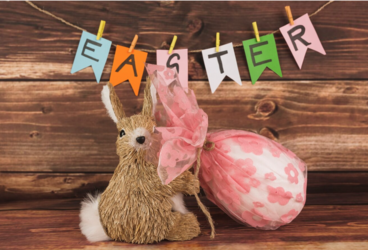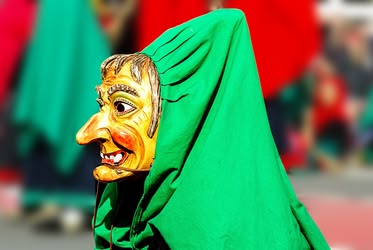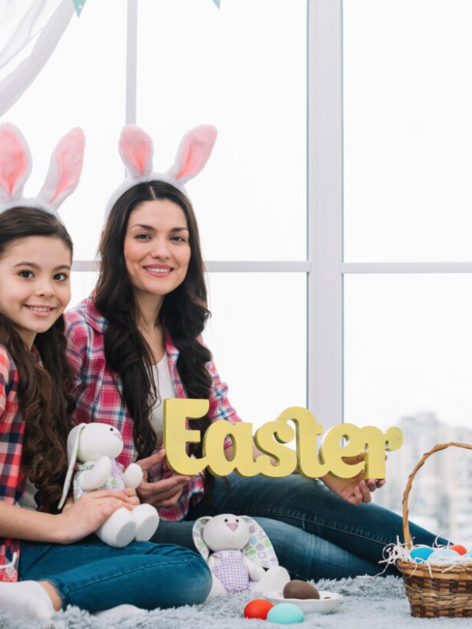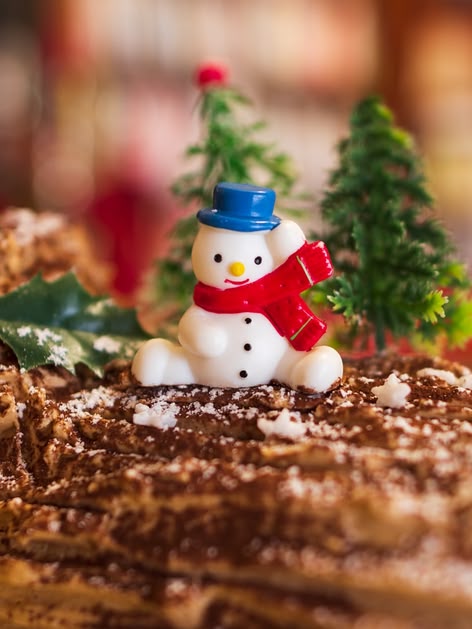Filastrocche in inglese: perché utilizzarle?
Imparare una filastrocca è, da sempre, un esercizio molto utile e adoperato dagli insegnanti per lo sviluppo della memoria. Infatti, leggere, trascrivere e rileggere uno stesso testo fino a quando non si è in grado di ripeterlo a memoria permette di ricordarlo anche a distanza di molto tempo. Di conseguenza, imparare una filastrocca in inglese è uno dei metodi più efficaci per ampliare il proprio vocabolario.
Naturalmente esistono diverse filastrocche, molto spesso tematiche: come vedremo dopo, ce n’è per tutti i gusti, dalla filastrocca di Natale in inglese a quella dei giorni della settimana, fino a quella dedicata ai verbi irregolari. Questo rende le filastrocche uno strumento prezioso non solo per conoscere nuove parole, ma anche per poterle inserire in un contesto. Senza considerare, inoltre, che si tratta di un’attività piacevole che permette ai bambini di imparare una lingua straniera divertendosi.
Ciò non significa che le filastrocche in inglese siano utili solo per i bambini, anzi, aiutano chiunque si stia avvicinando per la prima volta alla lingua inglese a prendere familiarità con il meccanismo linguistico, molto diverso dal nostro. Molto spesso le parole hanno suoni simili tra di loro, ma una grafia totalmente diversa: partendo dal presupposto che in una filastrocca le parole fanno rima tra loro, si può intuire con più facilità la corretta pronuncia di una determinata parola, grazie anche al contesto in cui è inserita.
Ecco perché le filastrocche possono essere utilizzate da chiunque, grande o piccino, stia muovendo i primi passi nell’apprendimento della lingua inglese. Per perfezionare la lingua, o comunque imparare a livelli più avanzati, invece, qui su Sprachcaffe puoi trovare diversi corsi di inglese, da svolgere online direttamente a casa tua.


